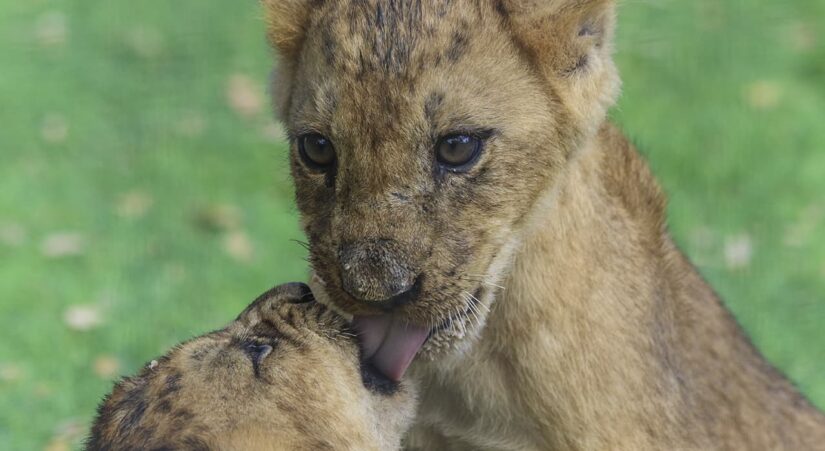Feeding wild animals
One of the peculiarities of wild animals is that they all have a different way of feeding, because not all of them are carnivorous, as one might conclude. There are herbivorous, omnivorous and carnivorous species. Let’s see what the differences are.
Herbivorous animals
The diet of herbivorous wild animals mainly consists of plants. This type of herbivore can be classified in different ways because they do not only eat plants. Some can only consume fruits, while others only eat seeds. There are also some herbivorous wild animals that are called xylophages because they only eat wood. Others can only eat roots.
Omnivorous animals
Omnivorous wild animals are those that have a mixed diet. This means that they eat a mixture of plants and other animals, as they do not stick to eating anything in particular. For this reason, they are herbivores and carnivores at the same time. This characteristic means that they do not have difficulty finding food, as they enjoy great flexibility in their diet.
Carnivorous animals
Wild carnivorous species are those whose diet is based solely on meat. They make up the majority of wild animals. In addition, carnivorous animals consist of the fiercest animals, as they are the main predators whose food consists of other animals they hunt.
Way of life
Among the peculiarities of wild animals is their way of life, as is the case with animals that live in forests, since they usually learn to live in the environment and as things change they adapt to the weather.
As for animals that live in aquatic environments, they for their part have managed to adapt to the temperature changes that occur in the underwater environment. Each of them has a special diet that is sufficient in every season, because Mother Nature has created so that the food that these animals need is reproduced in every season.
For this reason, wild marine animals know what time of year they should eat more to withstand the cold winter season, or what changes they should make to their diet during the hottest time of the year.
In addition, we must have an understanding of invertebrates, which, although they do not have a bone system or spine, use their bodies to find food and good shelter. It may seem incredible, but there are more than a million species that are invertebrates, among which there are many wild animals that exist on the planet.
Classification of wild animals
There are classifications that are made on the basis of wild animals. Animals can be classified by habitat, diet and reproduction methods.
It is not difficult to have knowledge about the classification of herbivorous wild animals. Their digestive system does not allow them to digest meat, so their diet includes grasses and plants.
Because of their diet, herbivorous wild animals usually do not have very sharp or powerful teeth. Omnivorous species of animals, that is, which can eat both plants and meat, are animals whose habitat is in the air; To know what are the aerial animals, it is necessary to know that they do not necessarily have wings or feathers, because there are certain animals such as the penguin, which is a bird, but although it has wings, it cannot fly.
It is important to know that each species, each animal individually, is beautiful and important with its own characteristics. Even wild animals that people cannot tame because they pose a great risk are extremely beautiful.
